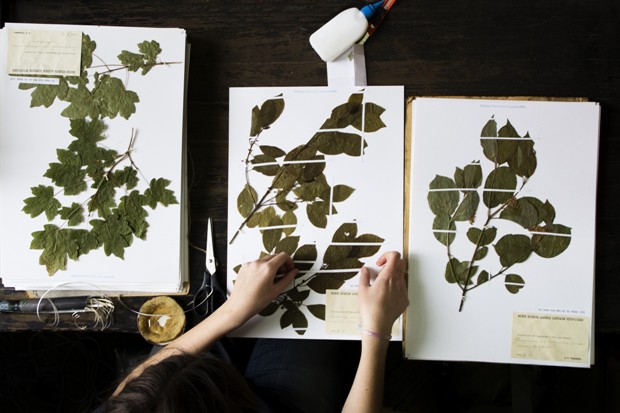In Moscow State University (MSU Lomonosov) in the framework of the project “Noah’s ark” was earned Russia’s largest digital herbarium with about 800 thousand samples. Pictures of the herbarium are available for everybody at Website of Depository of the living systems of the Moscow State University.
As assured the magazine “E-Vesti” lead researcher of the University Pyotr Kamensky, the project “Noah’s ark” is absolutely unique for Russia and for the world. The main purpose of the project is preservation, research and utilization of biological diversity of our planet.
We caught up with Peter Kamensky, scientific coordinator of the project “Noah’s ark”, and questioned him about the unusual herbarium. According to him, the idea of creating such a collection belongs to an employee of the biology Department of Moscow State University, doctor of Sciences Alexey Seregin.
It turns out that the digitization of the collection began in 2015. For the half year were scanned plants from almost every continent available in the herbarium of MSU: “Maybe there are no images of specimens from Australia.” The work was carried out on a unique highly professional equipment.
According to Peter Kamensky, such public “electronic herbarium” are widespread in world practice. After all, a scientist-botanist writing a research on paper is often difficult to go to distant places to study the varieties of only one species of plants. And with the advent of electronic herbarium modern scientists should not make any risky journey – even difficult plant specimens can be viewed under a microscope.
Already today digital herbarium of Moscow State University ranks first in the world in the number of scans among University collections. Peter says that the founders of the herbarium of “Noah’s ark” plan to bring the number of electronic “portraits” of plants up to one million by the end of 2018.
Now in the collections of the Herbarium of Moscow University there are more than 1’011’000 samples. It is considered one of the leading centers for the study and documentation of plant diversity. Over the past five years the employees of Moscow State University were opened 60 species of flowering plants, and eight of them were found in Russia.





